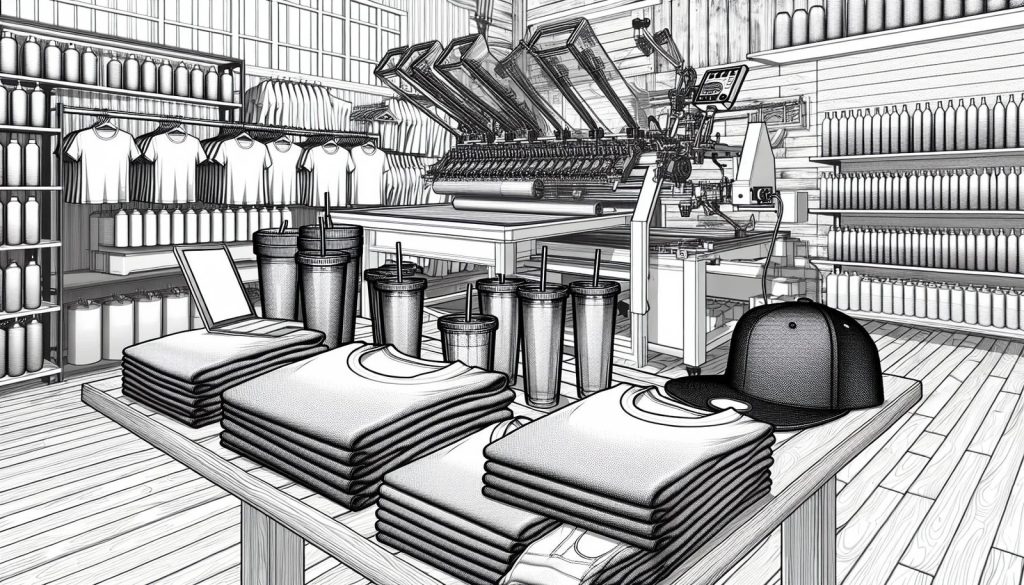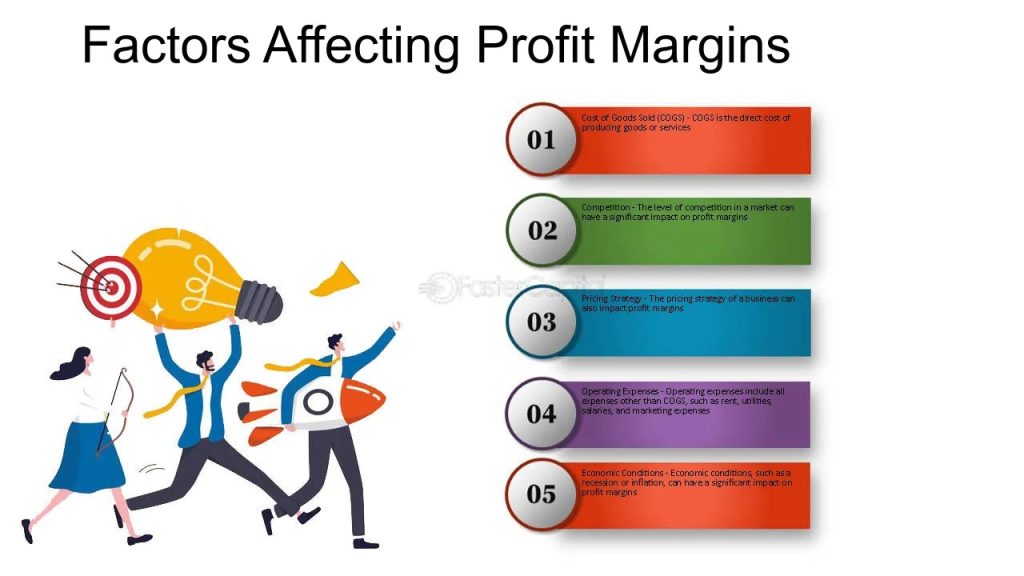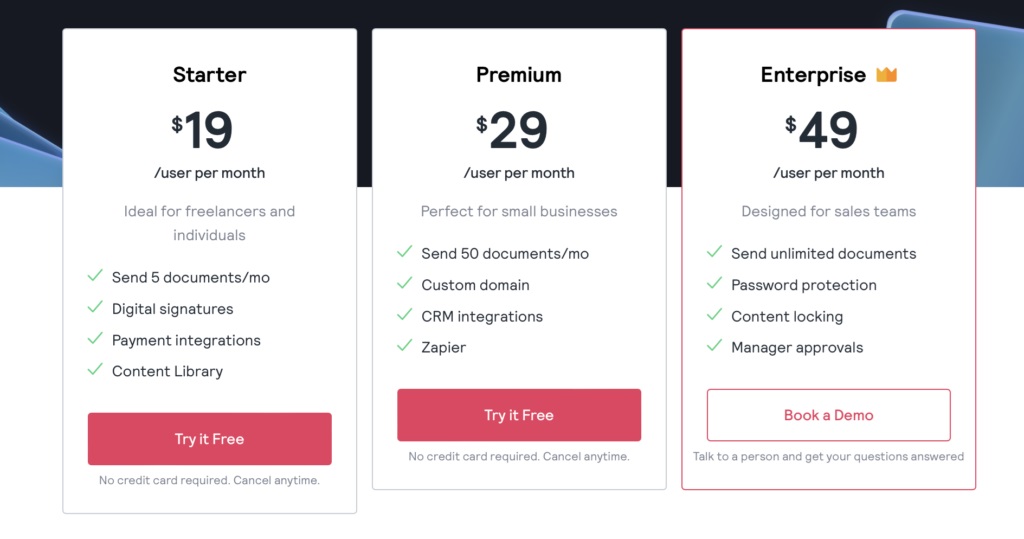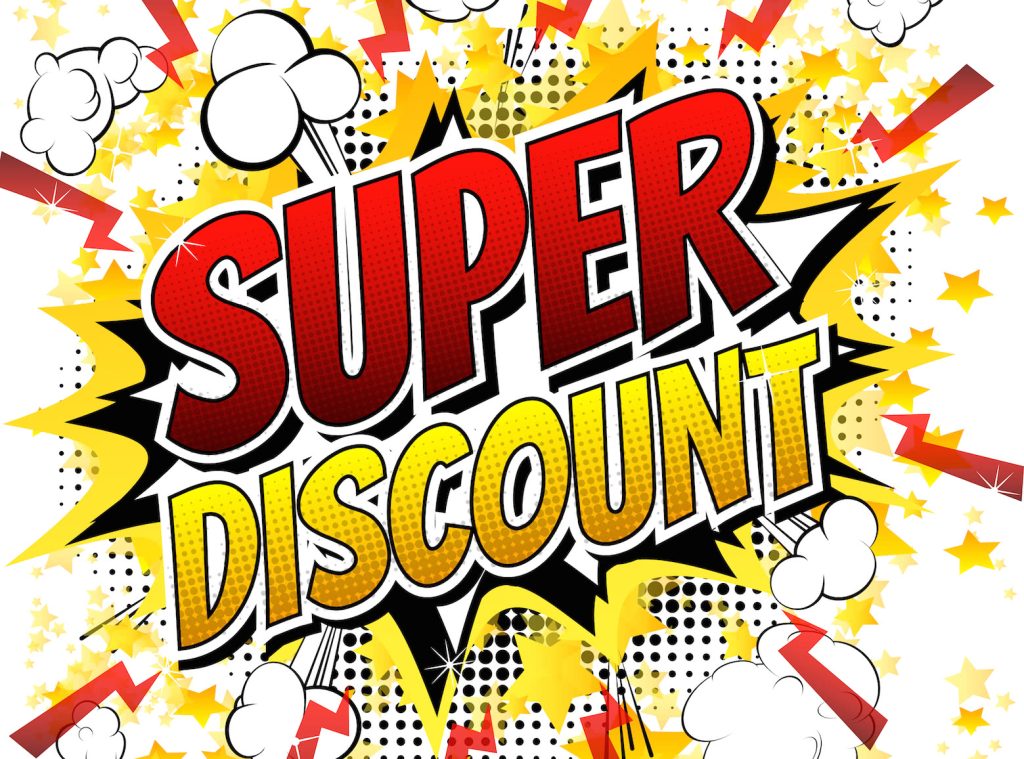Pricing your creator merchandise can be a challenging yet crucial task in maximizing profits while staying competitive in the market. As a creator, you want your merchandise to reflect the value of your brand and creativity while appealing to your audience’s budget. But how do you determine the right price?
In this guide, we’ll walk you through effective strategies on how to price your creator merchandise, including the key factors to consider and tips to ensure you’re setting the right price point.
1. Understand the Costs Involved in Creating Merchandise
Before you can price your creator merchandise, you need to understand the full range of costs involved. This includes production costs, design fees, packaging, shipping, and any platform fees if you’re selling through an online marketplace.
Tip: Make sure you calculate all costs involved and factor them into the price to ensure you’re covering your expenses and still making a profit.
2. Consider Your Target Audience’s Willingness to Pay
Knowing how much your audience is willing to pay for your merchandise is essential for pricing. A creator with a large, loyal fan base may be able to charge a higher price compared to someone with a smaller audience.
Tip: Conduct surveys, ask for feedback, or test different price points to gauge what your audience is comfortable with. This will help you find the sweet spot for pricing your merchandise.
3. Factor in Profit Margins
A successful merchandise pricing strategy should include a healthy profit margin. After covering your costs, you want to ensure your merchandise is priced in a way that generates profit for your business.

Tip: Aim for a profit margin that reflects the value of your merchandise while being reasonable enough to encourage purchases. Depending on your brand, a 20-50% markup over cost is typical for many creators.
4. Compare with Similar Products in the Market
It’s important to look at how other creators price their merchandise. While you don’t need to copy others exactly, understanding what the market is charging for similar products can help you set a competitive price.
Tip: Research merchandise from other creators in your niche. Analyze their pricing strategies and compare the quality, uniqueness, and perceived value of their products. This will give you a benchmark for pricing your own merchandise.
5. Offer Different Price Tiers
If you have a diverse audience with varying budgets, offering multiple price tiers can be a great way to cater to different segments. Consider offering both high-end, limited-edition products and more affordable, mass-produced items.

Tip: Create a product range with varying prices—such as premium merchandise for die-hard fans and more affordable options for casual supporters. This ensures that everyone has access to your merchandise at a price point they’re comfortable with.
6. Balance Price and Perceived Value
The price of your creator merchandise should reflect the perceived value your fans place on your brand. If you offer high-quality, exclusive merchandise, your fans may be willing to pay a premium price. On the other hand, if the merchandise is more basic, a lower price point may be more suitable.
Tip: Focus on positioning your merchandise as high-quality and unique, even if it’s priced higher. Communicate the value of the product to your audience, whether through storytelling, premium materials, or limited edition features.
7. Keep Psychological Pricing in Mind
Pricing psychology plays a significant role in consumer behavior. Small tweaks to your pricing can make a big difference in attracting buyers. For example, ending prices with .99 or offering discounts for bundles can influence your audience’s purchasing decisions.

Tip: Try using psychological pricing techniques, such as setting prices just below a round number (e.g., $19.99 instead of $20), or offering bundle deals to increase the perceived value of your merchandise.
8. Test and Adjust Your Pricing Strategy
Once you’ve priced your creator merchandise, it’s important to monitor its sales performance and make adjustments if necessary. If your merchandise isn’t selling as well as you expected, consider adjusting the price or adding value to the product.
Tip: Regularly review your pricing strategy and be flexible. If you find that sales are slow, you might want to consider running promotions, offering limited-time discounts, or changing your price point to increase demand.
9. Promote Special Offers and Discounts
Running special promotions or offering discounts can be an effective way to move merchandise, especially when you’re launching a new product or trying to clear inventory. Limited-time offers, flash sales, or holiday promotions can create urgency and encourage your audience to purchase.

Tip: Offer exclusive discounts to your loyal fans or bundle deals for added value. These promotions can help increase your overall sales while maintaining a profitable pricing structure.
10. Consider Your Brand’s Positioning
Your pricing should align with the overall positioning of your brand. If your merchandise is a reflection of your personal brand and values, make sure your price point aligns with the image you’re trying to convey. Are you positioning yourself as a high-end, premium creator, or do you want your merchandise to be accessible to all?
Tip: Ensure that your merchandise pricing complements the image you’re portraying. A high-end creator should price their products accordingly, while a more inclusive creator might focus on affordable options for a wider audience.
Conclusion: Finding the Perfect Price for Your Creator Merchandise
Pricing your creator merchandise is an ongoing process that requires balancing cost, market research, and customer expectations. By considering all the factors discussed in this guide, you can confidently price your products in a way that reflects their value while appealing to your audience.
Remember, pricing is not a one-size-fits-all approach. Regularly assess your prices based on customer feedback and market trends, and don’t be afraid to adjust if necessary. Ultimately, a well-priced product will not only maximize your profits but also create long-term brand loyalty among your fans.
By applying these strategies, you’ll be able to create a successful pricing model that works for both you and your audience.